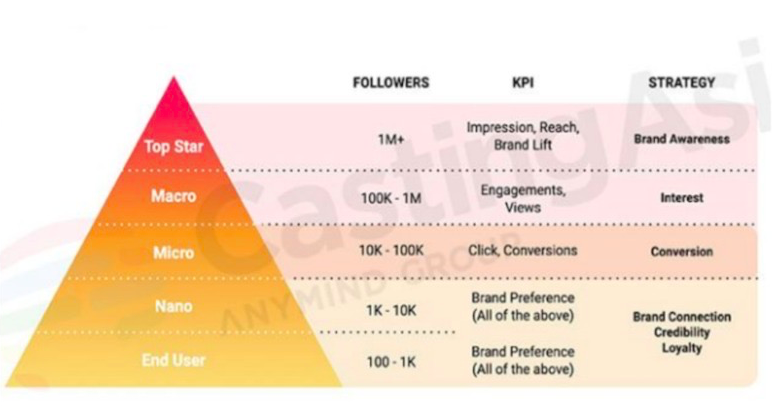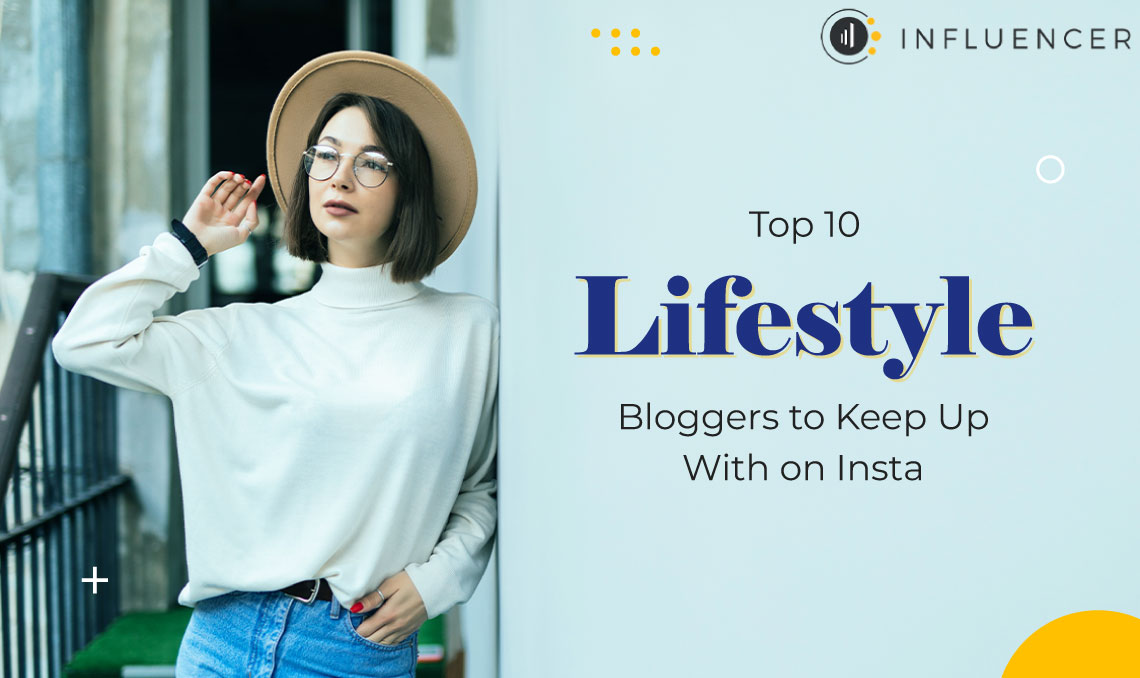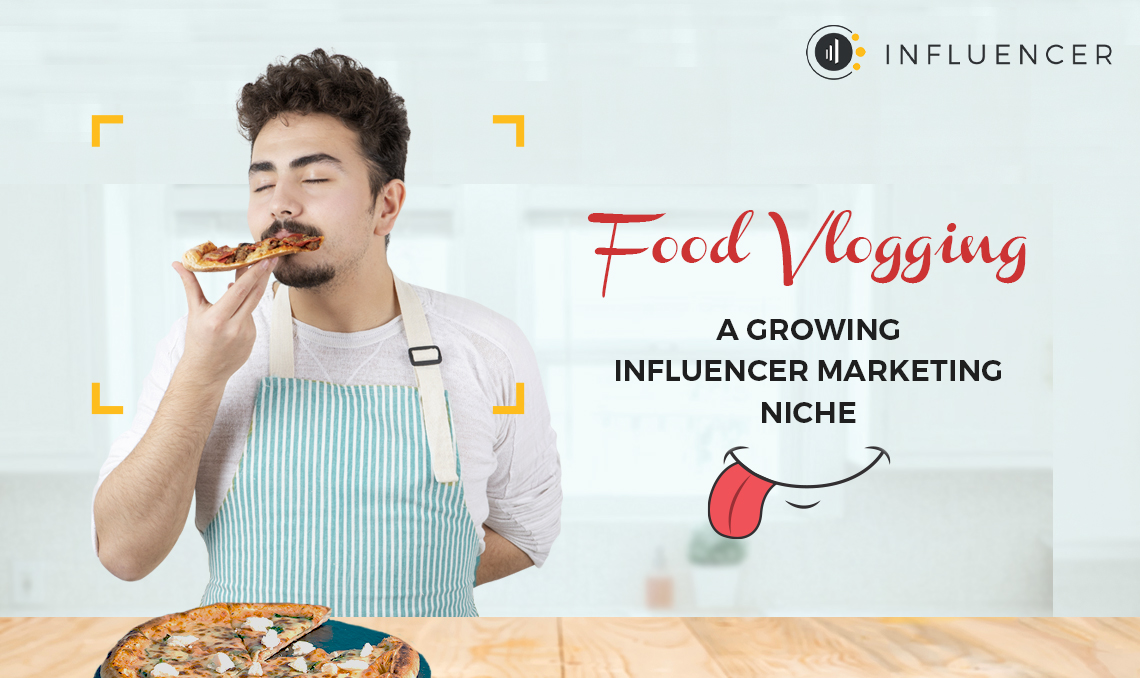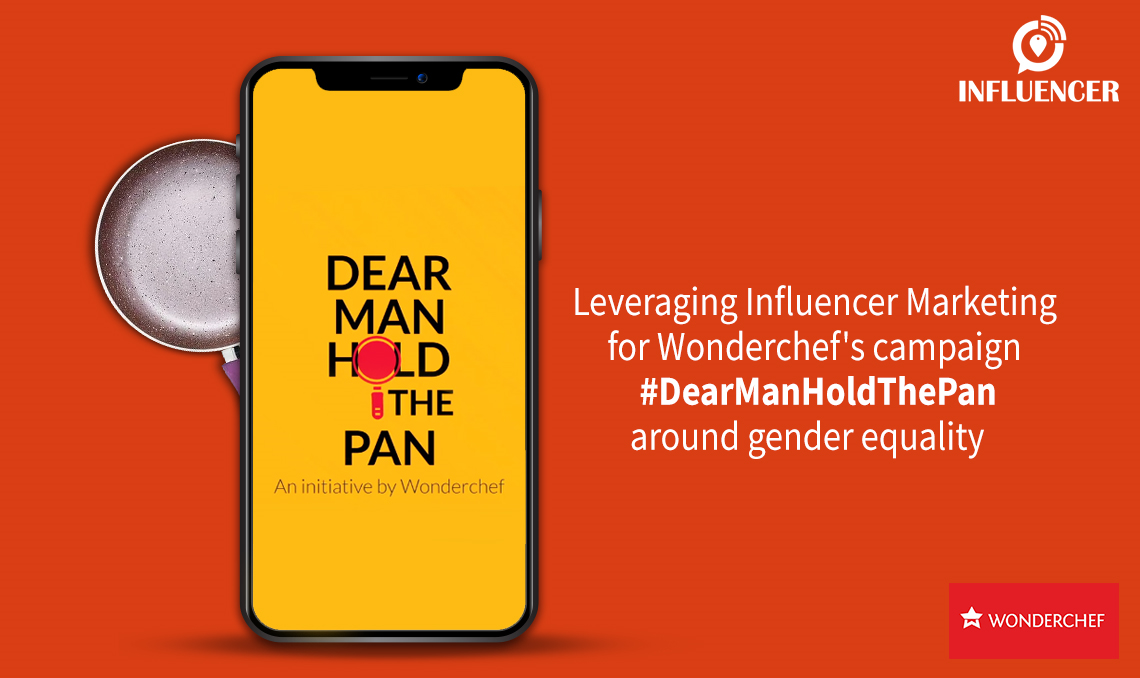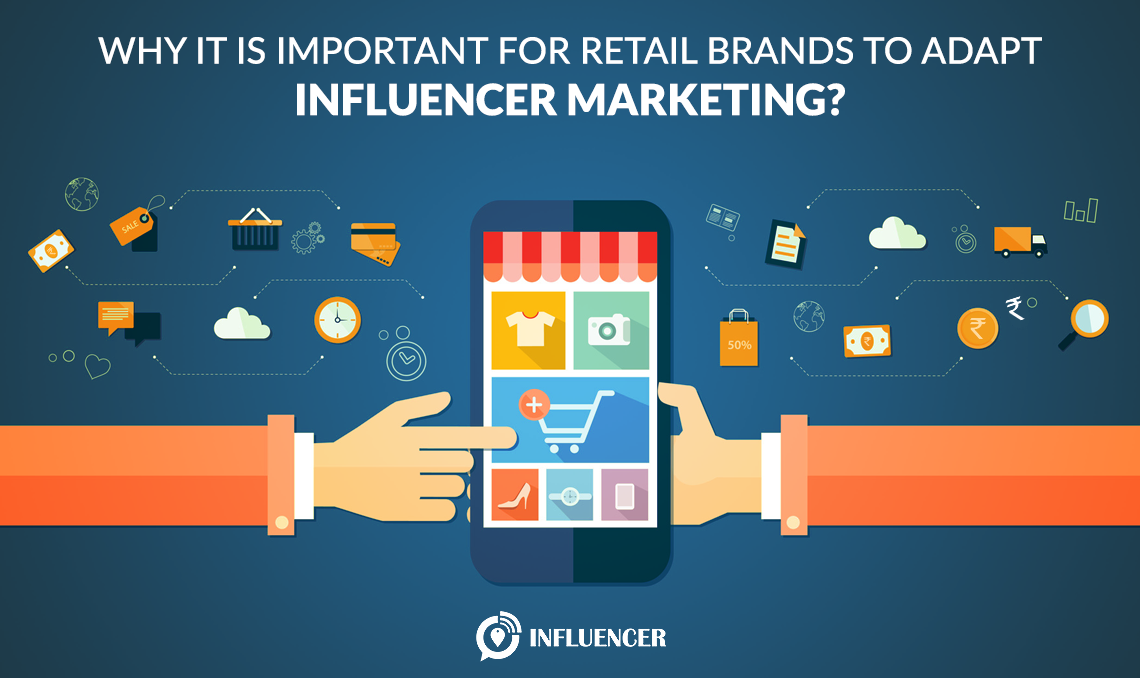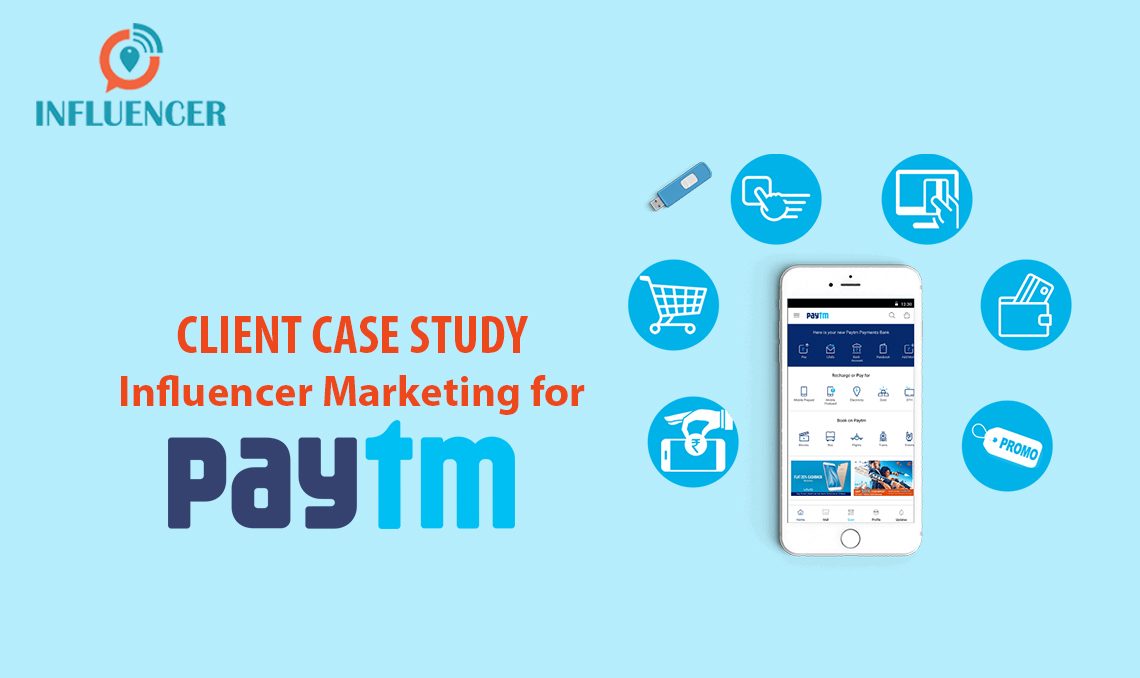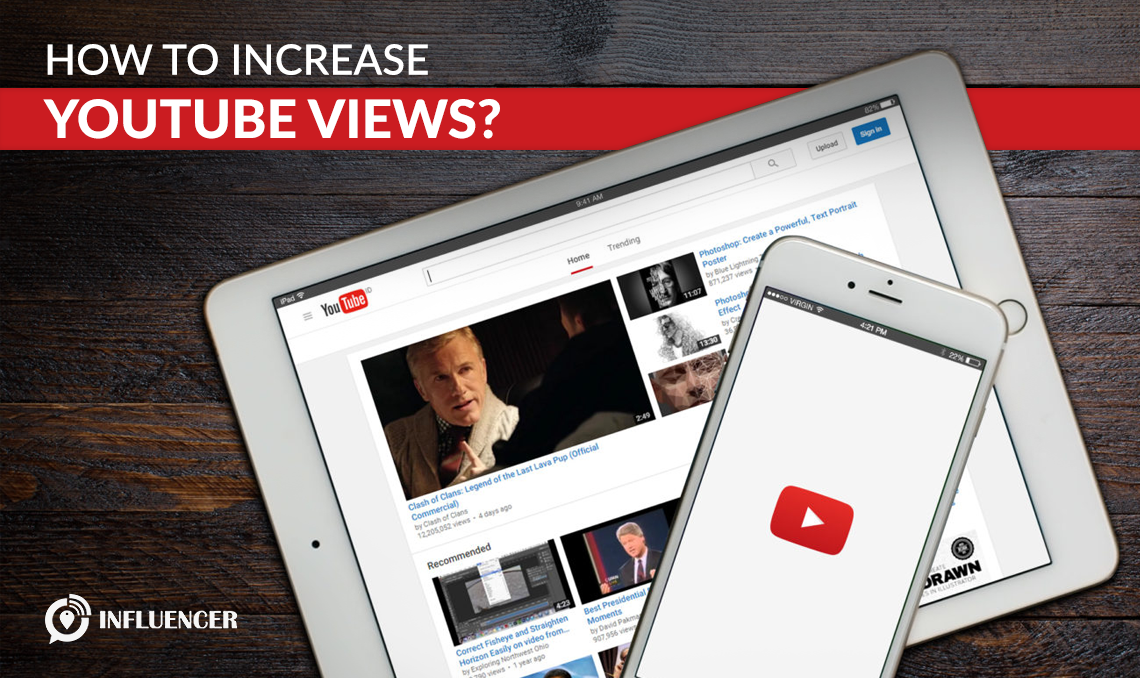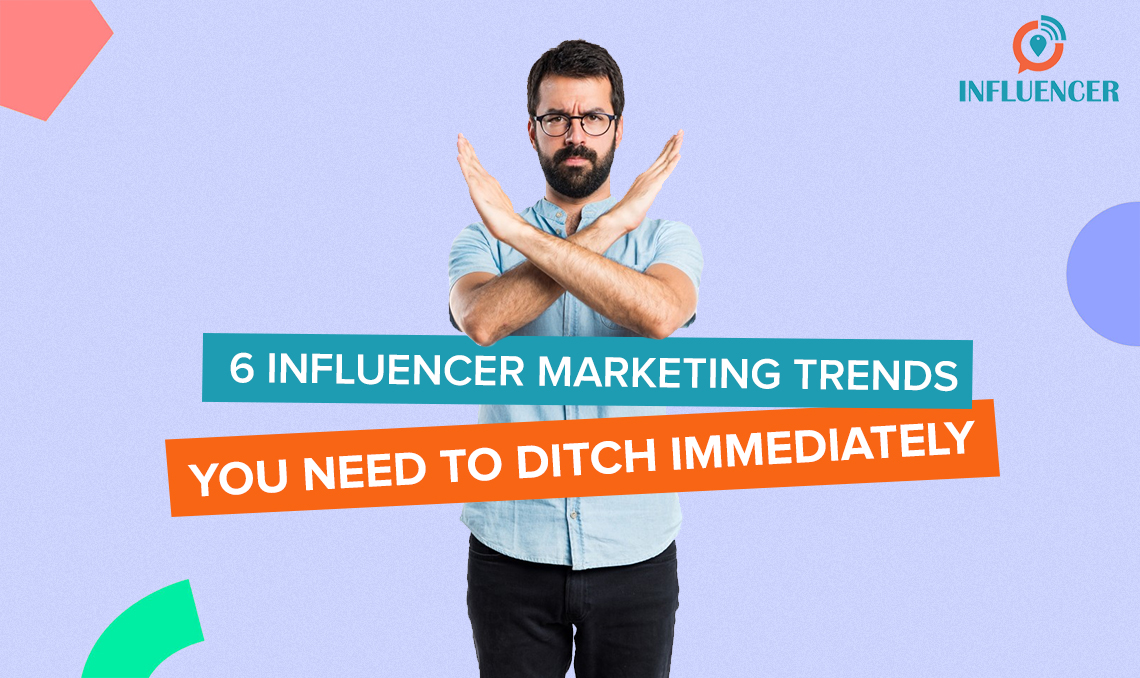
6 Influencer Marketing Trends That Don’t Work
Influencer Marketing trends have been steadily gaining traction over the last decade. The reach it has managed to acquire proves that incorporating influencer marketing in your brand’s digital marketing strategy is bound to yield enhanced visibility and brand recall.
In tandem with numerous technological advancements, marketers are constantly on the lookout for the next new buzzword that is set to take the marketing world by storm, the next new platform that is most suitable for engagement, and how influencer partnerships can be monetized most lucratively. On that note, it is essential to keep revising your brand’s gamut of influencer marketing trends to ensure that your brand remains relevant amongst its follower base and competitors.
Here’s a list of Influencer Marketing Trends your brand needs to ditch immediately.
Collaborating exclusively with Macro Influencers:
Did you know that Instagram influencers with more than 100K followers are likely to only have an average engagement rate of 1.1%? The rate of engagement for most Instagram influencers will be inversely proportional to the magnitude of their follower count. In the case of nano-influencers (Instagram influencers that have less than 5K followers), their engagement rate is likely to average around 7.2%. These stats are seen to remain constant irrespective of the industry, genre, or target market. Since content creators with a smaller follower base yield better conversion rates, they will eventually rise higher up the influencer hierarchy.
Hence, it is essential to reconsider your brand’s influencer selection process by bucketing user interests, ascertaining the objective of your influencer marketing campaign, and finding relevant micro or nano influencers. This will ensure that your brand’s engagement rates remain stable and truly hit home as far as the end-user is concerned.
Transactional Collaborations on Barter Basis:
Over the past years, conversations around influencer partnerships have mostly been fixated on the cost per deliverable or the quote for static or video deliverables. However, it’s now time for brands to take this partnership one step further by focusing on affiliate marketing. Affiliate marketing refers to the marketing strategy that encourages influencers/bloggers (affiliates) to promote your brand in exchange for a commission. This strategy is usually acquired by brands that are product or service-based. Given the spike in influencer marketing’s ever-expanding scope and reach, brands need to lean more towards teaming up with creators and assign custom affiliate links for their social media handles Each time a user/follower takes action through the link- which will be tracked using a UTM parameter embedded in the link- your brand can shell out a commission to the creator
This would help influencers in keeping your brands’ digital goals in mind, repeatedly endorsing your product/service hence tagging a sense of credibility to it. Hence, it is recommended to drop this singular approach towards partnership and go beyond the conventional ways in order to gain a better ROI.
Singular Platform Focused Strategy
Gone are those days when reaching your audience with the same content on both Facebook and Instagram was sufficient. It’s imperative to generate content on all platforms that consumers spend time on. Over the past year, the influencer success rate on TikTok is based more on high engagement rates, and the platform’s algorithm is designed to deliver much higher traction.
TikTok has proved to be an effective platform for concocting trending content. This is the reason we witness Instagram influencers posting TikTok challenges on their Insta feeds. Hence, catering to their followers’ base across both platforms. Cross-usage of content has also resulted in increased app installs and enhanced brand awareness.
The influencer space is swiftly evolving into a landscape filled with new forms of media. To name a few, Podcasts is a great platform for voice marketing strategy. This enables brands to have a wider reach. For instance, Apple alone is home to over 500K+ active podcasts which spans over about 100 languages. It would be safe to say that audio-format content has a modest following online. However, in the year to come, this will explode further not just on Apple but also on Google, Spotify, and other such platforms. Podcasts or rather any content that is dispensed orally uniquely fits into the typical consumer’s hectic schedule. It has a bespoke, personal spin to it which creates communities out of like-minded individuals – very much similar to the following social media influencers generate. From information to entertainment and comedy, podcasts are available for every niche.
Short term Associations with Multiple Influencers
Within a narrow time frame, influencers collaborate with multiple brands which sometimes gets the consumers questioning their credibility. it’s becoming important for brands to nurture and pursue long-term relationships with Influencers and bloggers.
A consistently growing relationship is very important for every brand to establish themselves with their customers. Similarly, maintaining a long-term relationship with influencers increases consumers’ credibility which adds value to the brand image.
Indelible influencer partnerships have many other benefits to it too. It allows brands to set short term and long term goals which can be achieved over a period of time. This also results in consistent content creation which seems more organic and blends with everyday activities. For this reason, it is recommended that brands invest more time and sustain a long term collaboration with their influencers.
Leveraging Influencers with Paid or Bot Followers
Leveraging influencers with Bots or fake followers on Instagram and Facebook could create a negative impact and a questionable brand image. This is one of the key reasons that get the audience wondering about the authenticity and credibility of a brand. Instagram has been taking measures to contain this malpractice.
Bots never have and never will help a brand reach greater heights in the long run. It is hence essential to look into user profiles or collaborate with third-party agencies that already have a trusted database in place.
Product Oriented Content Creation
An influencer can help by showing their audiences how your product or service helped solve a problem they were facing. It is common for influencers to share a major portion of their personal lives with their audiences, including their issues and how they went about solving it. By sharing how your brand fits into their lives and makes it better, audiences and potential buyers can see real-life proof of your claims.
The rise of influencer marketing trends and engagement even during a pandemic is proof that storytelling is key. It generates more share-worthy content and in turn garners a higher reach. If a video is liked then the service or product automatically is viewed with great interest. Instead of making your product the hero, make your story or communication the hero.
The unfolding progression created by influencer marketing over the past 10 years shows that every dimension in Digital Marketing is important. The growth chart has been phenomenal and will continue to grow upwards. That being said, there’s no time to stay comfortable as marketers. We need to be constantly updated with the influencer marketing trends that are in and those that have passed with 2019.
